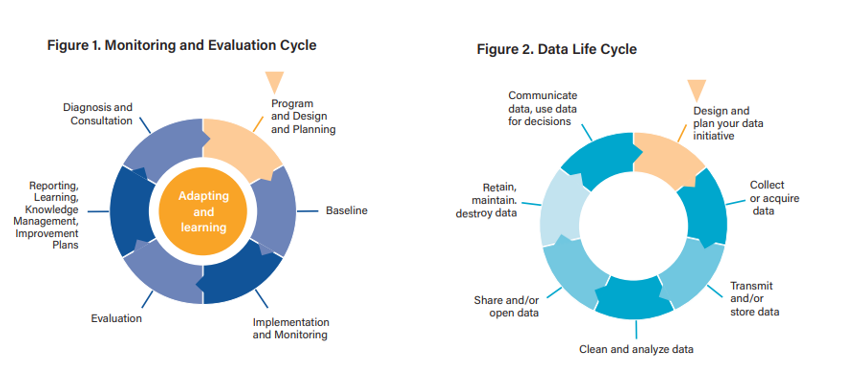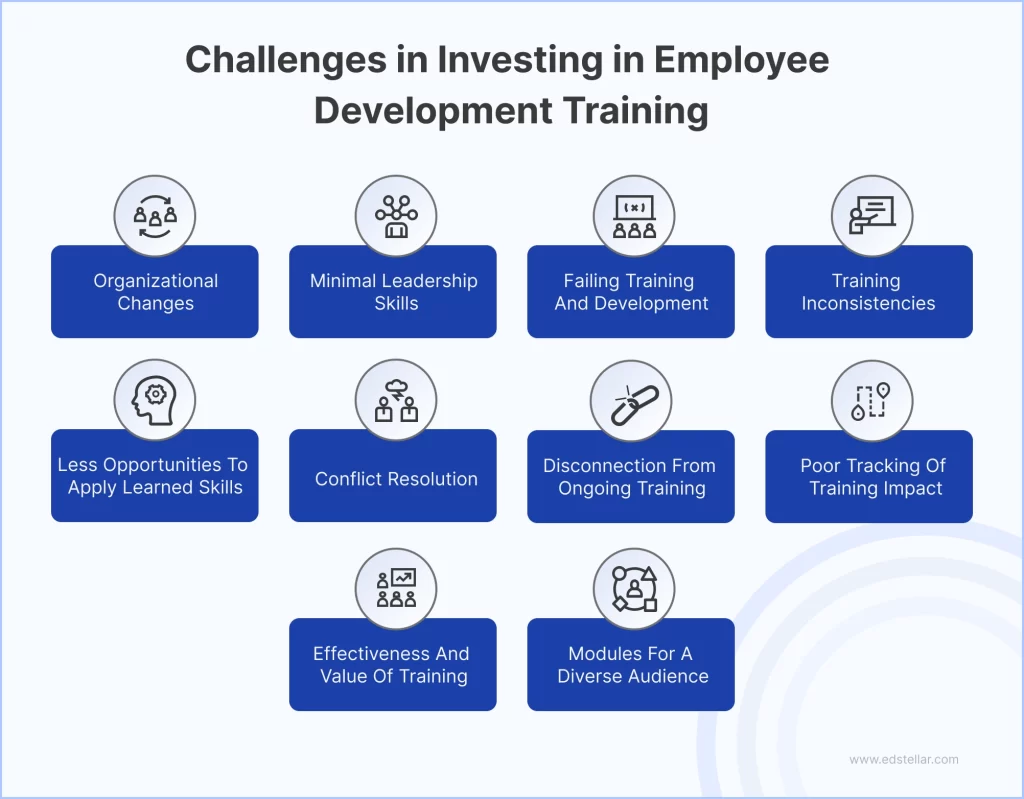Leveraging CMMS Data for Predictive Maintenance: A Guide for Operations Managers
In the modern manufacturing landscape, data-driven decision-making is no longer a luxury—it’s a necessity. Operations managers are increasingly turning to Computerized Maintenance Management Systems (CMMS) to not only streamline their maintenance processes but also to harness the power of data for predictive maintenance. Predictive maintenance, when properly implemented, can significantly reduce downtime, extend the lifespan of assets, and lower maintenance costs.
But how can operations managers effectively leverage CMMS data to implement a successful predictive maintenance strategy? In this guide, we’ll explore the key steps and best practices for using CMMS data to transition from reactive to predictive maintenance.
Understanding Predictive Maintenance
Predictive maintenance involves using data and analytics to predict when equipment is likely to fail so that maintenance can be performed just in time to prevent unexpected breakdowns. Unlike reactive maintenance, which occurs after a failure, or preventive maintenance, which is based on scheduled intervals, predictive maintenance is data-driven and proactive.
Key Benefits of Predictive Maintenance:
- Reduced Downtime: By addressing potential issues before they lead to failures, predictive maintenance minimizes unplanned downtime.
- Extended Asset Lifespan: Timely maintenance based on actual equipment conditions extends the life of your assets.
- Cost Savings: Predictive maintenance reduces the need for emergency repairs and optimizes the use of maintenance resources, leading to significant cost savings.
- Improved Safety: Identifying and addressing equipment issues before they escalate reduces the risk of accidents and enhances workplace safety.
How CMMS Data Powers Predictive Maintenance
A CMMS is a powerful tool for collecting, storing, and analyzing maintenance data. When used effectively, this data can be the foundation of a robust predictive maintenance strategy. Here’s how CMMS data contributes to predictive maintenance:
1. Data Collection and Monitoring
Your CMMS continuously collects data on equipment performance, work orders, maintenance history, and more. This data provides valuable insights into the condition of your assets.
How to Leverage:
- Sensor Integration: Integrate sensors with your CMMS to collect real-time data on critical equipment parameters such as temperature, vibration, and pressure.
- Historical Data Analysis: Use historical maintenance data to identify patterns and trends that could indicate potential failures.

Source: Merl Tech
2. Condition-Based Maintenance Triggers
CMMS data allows you to set condition-based triggers for maintenance activities. Instead of relying on a fixed schedule, maintenance tasks are initiated when specific conditions or thresholds are met.
How to Leverage:
- Custom Alerts: Configure your CMMS to send alerts when equipment performance deviates from normal parameters, signaling the need for maintenance.
- Dynamic Maintenance Scheduling: Adjust maintenance schedules dynamically based on real-time data and the actual condition of your equipment.
3. Predictive Analytics and Machine Learning
Advanced CMMS platforms offer predictive analytics and machine learning capabilities that can analyze data and predict future equipment failures with a high degree of accuracy.
How to Leverage:
- Failure Predictions: Use predictive algorithms to analyze data and forecast when equipment is likely to fail, allowing you to plan maintenance activities accordingly.
- Optimization Models: Apply machine learning models to optimize maintenance schedules, resource allocation, and inventory management.
4. Enhanced Reporting and Decision-Making
CMMS data is essential for generating detailed reports and dashboards that provide a comprehensive view of your maintenance operations. These reports support data-driven decision-making.
How to Leverage:
- Custom Reports: Create custom reports that highlight key performance indicators (KPIs) such as mean time between failures (MTBF) and mean time to repair (MTTR).
- Data Visualization: Use data visualization tools within your CMMS to easily interpret complex data and identify areas for improvement.
Best Practices for Implementing Predictive Maintenance Using CMMS Data
To successfully implement predictive maintenance using CMMS data, operations managers should follow these best practices:
1. Start with a Solid Data Foundation
The accuracy and reliability of your CMMS data are critical to the success of your predictive maintenance strategy. Ensure that your data is clean, consistent, and comprehensive.
Best Practice Tips:
- Data Integrity: Regularly audit your CMMS data to identify and correct any inaccuracies or inconsistencies.
- Standardization: Implement standardized procedures for data entry to maintain data quality over time.
2. Invest in Training and Skill Development
Predictive maintenance requires a certain level of technical expertise. Invest in training for your maintenance team to ensure they can effectively use the CMMS and interpret the data.
Best Practice Tips:
- Training Programs: Provide ongoing training on how to use the CMMS, interpret data, and apply predictive maintenance techniques.
- Cross-Functional Collaboration: Encourage collaboration between maintenance, IT, and data analytics teams to maximize the benefits of predictive maintenance.

Source: Edstellar
3. Continuously Monitor and Improve
Predictive maintenance is not a one-time project; it’s an ongoing process that requires continuous monitoring and improvement. Regularly review your predictive maintenance strategy and make adjustments as needed.
Best Practice Tips:
- Regular Audits: Conduct regular audits of your predictive maintenance processes to identify areas for improvement.
- Feedback Loops: Establish feedback loops with your maintenance team to gather insights and refine your strategy over time.
Unlock the Power of Predictive Maintenance with CMMS Data
Leveraging CMMS data for predictive maintenance is a game-changer for operations managers looking to enhance efficiency, reduce costs, and improve asset reliability. By following the best practices outlined in this guide, you can successfully transition from reactive to predictive maintenance and unlock the full potential of your CMMS.
At NS CMMS Consulting, we specialize in helping organizations implement data-driven maintenance strategies that deliver real results. Our team of experts can guide you through the process of leveraging your CMMS data for predictive maintenance, ensuring that your operations run smoothly and efficiently.
Ready to take your maintenance strategy to the next level? Visit nscmms.com to learn more about how we can help you implement predictive maintenance using your CMMS data.
Transform Your Maintenance Strategy with Predictive Maintenance!
Don’t wait for equipment failures to disrupt your operations. Leverage the power of your CMMS data to implement predictive maintenance and keep your assets running smoothly. Contact NS CMMS Consulting today to learn how we can help you get started. Visit nscmms.com to get started.


